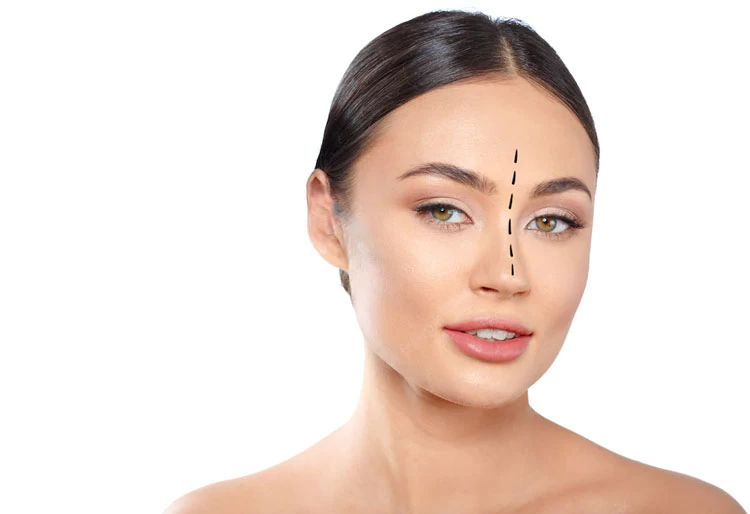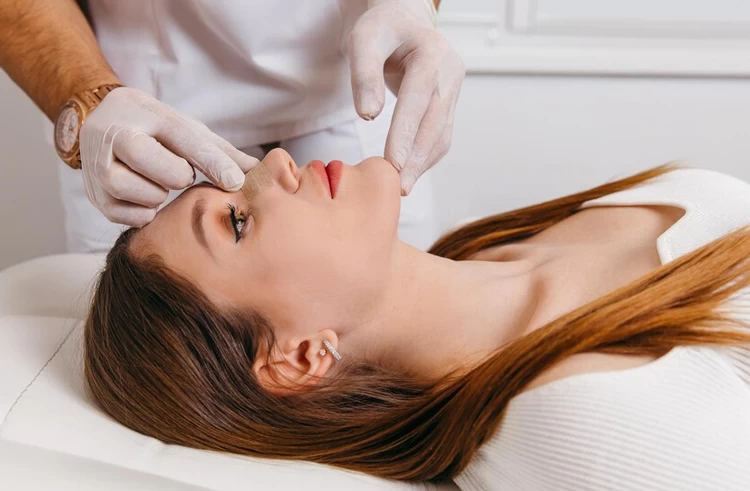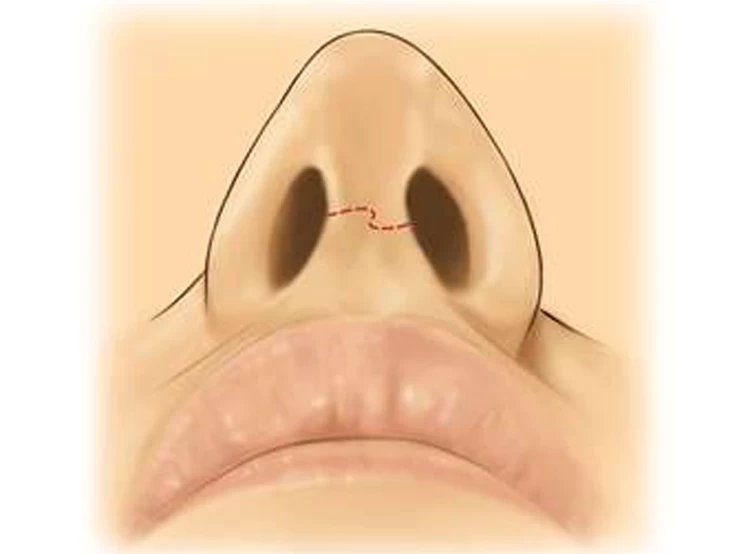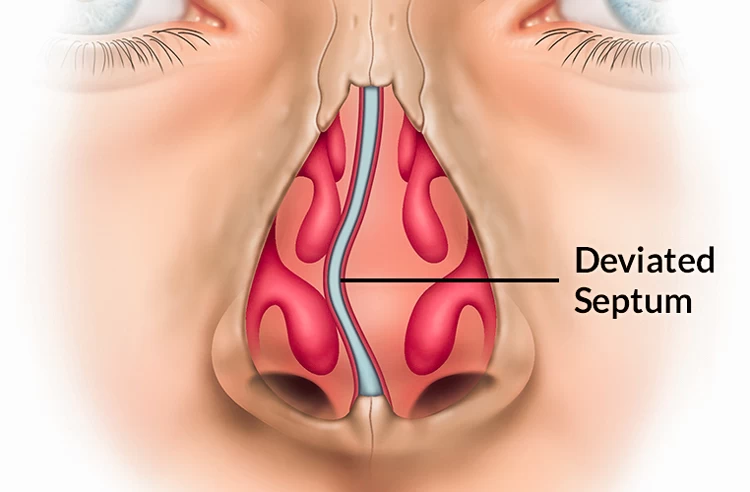Scientists usually determine the race of people based on their skin color, hair texture, and height; however, ethnicity can also be identified based on the shape and size of the nose. In this essay, we examine the anatomy of the nose and discuss numerous types of noses in various ethnic groups.
Wide Nose Rhinoplasty helps people with fleshy noses have a narrower and more proportioned nose. In this operation, the surgeon cuts excess parts of the nasal fins, reshapes the nasal bridge, and corrects the septum deviation to eliminate breathing problems and contour the nose.
When choosing a country to get a nose job abroad, consider its costs, healthcare standards, reputation and expertise of the surgeons, and quality of its health centers. Considering these factors, Iran, Turkey, South Korea, the Czech Republic, and the UK are the best countries to get rhinoplasty.
Nose infection after rhinoplasty can be life-threatening, so you should be aware of its signs and symptoms, such as redness around the nose, green discharge coming from the wounds, high fever, elevated heat in the incision site, smelly pus, and frequent nosebleeds.
Iran is a better destination for having a nose job than nearby countries as it has a long history in plastic surgery, advanced hospitals, experienced surgeons, and cost-effective options for this operation. The price of rhinoplasty in Iran is almost $1.000 lower than in Turkey, while the quality and outcome of this surgery are the same in both countries.
Revision rhinoplasty improves the shape and structure of a previously-operated nose. This operation is done under general anesthesia, and its procedure is the same as initial rhinoplasty by some means. However, the recovery from this surgery is harder and takes a bit longer as it is performed on scarred tissues and fragile cartilage.
Rhinoplasty scars form around the fins, under the nose, and inside the nostrils. Most of these scars resolve within 6 to 12 months, but some of them require steroid injection, laser therapy, prescribed creams, or even another surgery to be removed.
The time that you can start wearing makeup after rhinoplasty depends on the type of surgery you have had. In general, you can apply makeup a month after open rhinoplasty, a week after closed rhinoplasty, and a day after a nonsurgical nose job. Keep in mind that using strong cleansers or chemical peelers, as well as applying makeup on the wounds right after the surgery, may cause infection.
Septoplasty corrects a crooked nose by removing an extra part of the septum and straightening the nasal bone. This operation fixes breathing problems, restores a sense of smell and taste, improves the quality of sleep, and reduces sinus infection. However, it may also cause septum perforation, skin discoloration, dryness in nostrils, mild swelling, facial pain, etc.
Liquid rhinoplasty is suitable for people who expect minor changes from this operation. In a nonsurgical nose job, the plastic surgeon injects fillers to remove dents on the nose, conceal minor septum deviation, or eliminate nasal flaws that have not been removed during the previous rhinoplasty. This operation will not benefit those with fleshy noses, droopy nasal tips, breathing issues due to nasal defects, and severe septum deviation.









